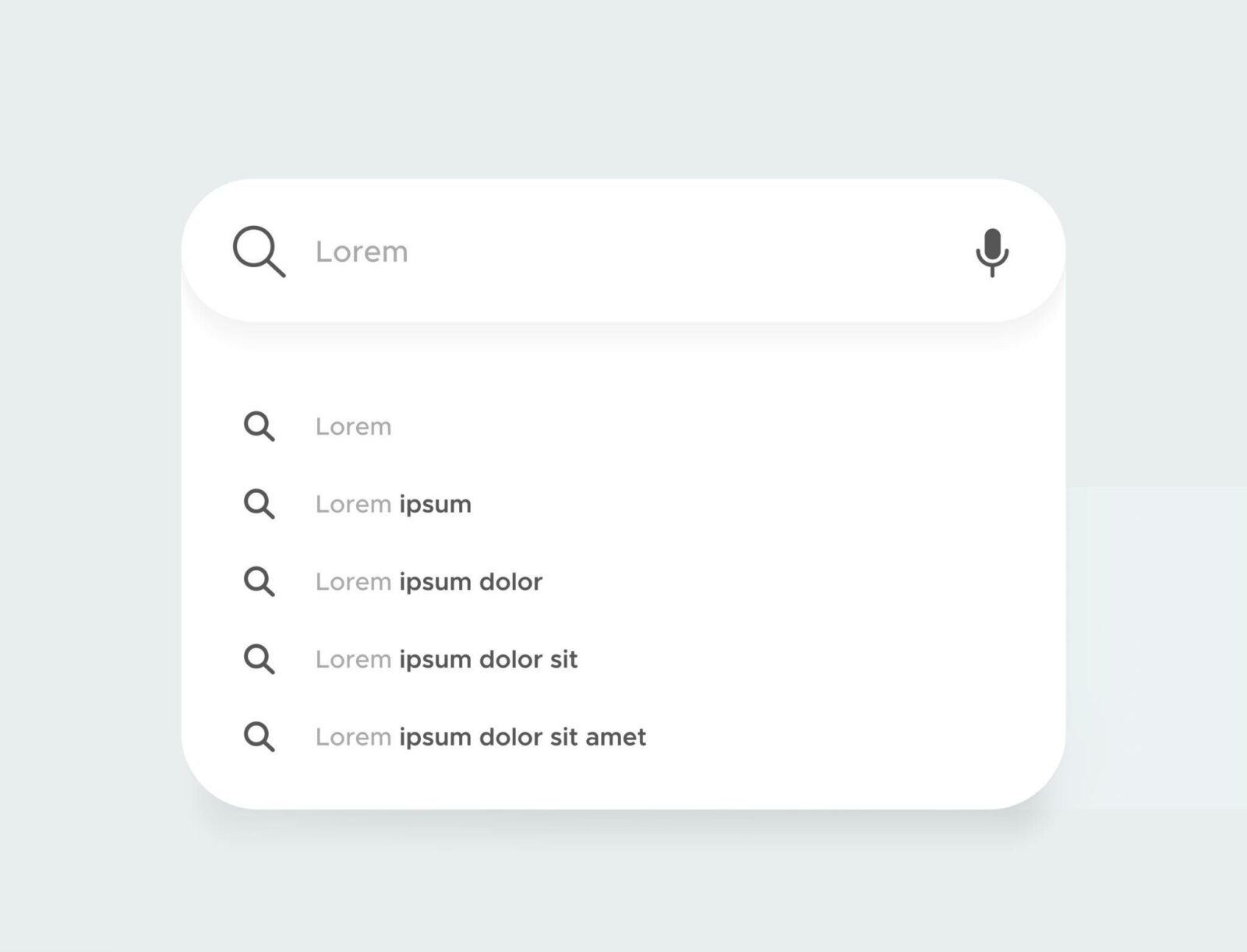Today Adaptive Beamforming, the Internet is something that you go to — it is delivered to businesses by copper or fiber leased lines, or to residences over DSL or cable services. Wi-Fi offers local-area mobility and «portability,» but Wi-Fi coverage is typically not sufficient to provide wide-area mobility. 3G cellular networks offer wide-area mobility and global roaming, but with slow and fairly expensive connections.
Introduction
Something else is needed — a service that provides broadband speeds (defined as over 300 Kbps by the ITU, but more commonly expected to be over 1 Mbps), wide-area coverage with seamless handoffs at vehicular speeds, with monthly service fees comparable to DSL or cable — all built on an IP infrastructure.
Some service providers see this service as being an adjunct to an existing mobile voice service, especially operators who lack 3G spectrum or a viable evolution path for their existing cellular systems. Others see it as a mobile adjunct to existing landline broadband services, expanding the addressable market and adding mobility to existing service offerings. Some see it as the next generation of cellular, an early glimpse of what 4G networks will look like.
Whatever you call it, and however you see it adding to existing services, we have arrived at an inflection point. Wide-area wireless technologies, combined with the Internet, are about to change the communications and information landscape, just as the Internet did a decade or more ago. Cisco was one of the driving forces behind the Internet revolution, and another revolution is now coming to wireless
Mobile WiMAX Standards
A WiMAX network is essentially a large, wireless IP network. While in theory it is possible to run other protocols instead of IP, in practice the ubiquity and prevalence of IP have made it the protocol of choice.
As is common in the 802.x family of standards developed by the Institute of Electrical and Electronics Engineers (IEEE), the two «WiMAX standards» 802.16-2004 and 802.16e-2005 define Physical (PHY) and Media Access Control (MAC) protocol layers, leaving the upper protocols and architectures for other industry bodies to define.
WiMAX is quite different from most IEEE 802.x networks however, in that it is seen primarily as a telecommunications network, not an ad-hoc private or enterprise data network such as most Wi-Fi infrastructures. This is especially true for Mobile WiMAX (802.16e) networks, which cover wide areas and have to support features such as handoff, roaming, access authentication, call origination and termination, as well as a wide array of services and applications such as billing and provisioning.
Profiles Adaptive Beamforming
In order to complete the standard and permit interoperability, the WiMAX Forum defines subsets of the 802.16 specifications called «profiles.» These profiles are the basis of the tests that a product must pass in order to become «WiMAX Forum Certified.»
There are multiple profiles defined to cover the several bands and differing national requirements. In early 2008 there were seven approved profiles for Fixed WiMAX operating in 2.5 GHz, 3.5 GHz, and 5.8 (unlicensed) GHz, with both time-division duplexing (TDD) and frequency-division duplexing (FDD) supported. For Mobile WiMAX however, there are 13 defined so far, with more planned. The frequencies currently covered are 2.3 GHz, 2.5 GHz, and 3.5 GHz, with 700 MHz planned for publication late in 2008. All Mobile WiMAX (16e) profiles to date are in licensed spectrum and use TDD.
Mobile WiMAX specifications define
The IEEE802.16e-2005 Mobile WiMAX specifications define Network Reference Models, or Profiles — B and C — that define the structure and the separation of various functions in the Access Service Network (ASN). The ASN is that portion of the service provider network that includes the radio basestations, antenna systems, traffic aggregation, radio resource management, subscriber authentication, IP traffic management, and IP gateway functions.
The profiles differ primarily in the way the various required ASN functions are divided between the basestations and the ASN gateway, the device that provides the IP traffic control functions and the gateway between the ASN and the Connectivity Service Network (CSN) — the portion of the network where the IP applications, services, and external networks are made available.
Profile B defines an architecture wherein the ASN gateway functions are included within each WiMAX basestation and distributed across the ASN, creating what is referred to as a flat ASN.
Profile C defines an architecture wherein the ASN gateway functions are distributed between the WiMAX basestations and one or more centralized ASN gateways, with Radio Resource Management (RRM) functions residing primarily at the basestation, and IP functions (including authentication, traffic management, and gateway functions) residing at the ASN gateway. Profile C architectures use an open, standards-based interface between the Mobile WiMAX basestations and the ASN gateway — enabling greater design flexibility for service providers.
Certification Adaptive Beamforming
The WIMAX Forum also defines two certification «waves» with increasing requirements for the support of advanced features such as multiple-input multiple-output (MIMO) and beamforming (also called advanced antenna systems, or AAS). Initial certified products will only support the basic features defined by WiBRO, the Korean precursor to WiMAX. Products certified in wave 2 (from late 2008 on) will support MIMO and beamforming.
There are two forms of MIMO supported by Mobile WiMAX in the wave 2 certification profiles. Called MIMO Matrix A and Matrix B, the two types of MIMO have the potential to improve the performance of broadband systems in diverse ways.
MIMO Matrix A, using space-time coding (STC), improves the reliability of data transmission for mobile modems using multiple transmit antennas. A MIMO cell site sends multiple, redundant copies of a data stream to the receiver to increase the probability that some of them may survive the physical path between transmission and reception in a good enough state to allow reliable decoding. This permits redundancy in both space (by using multiple antennas) and time.
These conditions are most likely to occur while the terminal is highly mobile, with rapid signal fading and multipath reception. By adding redundant, parallel paths, the modem has twice as much chance of receiving a good copy of the data.
While Matrix A provides robustness for mobile users, MIMO Matrix B provides capacity enhancements for stationary users using Spatial Multiplexing. It sends each data frame only once (unlike STC which sends everything twice), but makes use of the independent radio chains to send data over both channels simultaneously. In theory, this results in a doubling of the data rate to that device.
MIMO-B relies on the presence of natural multipath to de-correlate (distinguish) the two incoming signals. This is the key to the spatial multiplexing approach. Without naturally occurring multipath, MIMO-B signals can destructively combine, resulting in no signal whatsoever at the receiver.
Natural multipath occurs in highly cluttered environments, such as dense urban downtown areas. In these areas, MIMO Matrix B may double the number of receiver channels, permitting a much higher user throughput.
Cisco Mobile WiMAX
Cisco® Mobile WiMAX is the latest in wireless technology, fully centered on the power of IP and wireless standards. Its speed, coverage, and IP integration combine to make Cisco Mobile WiMAX an attractive choice for new mobile services or for the addition of new converged services to fixed network architectures.

This open-standards solution is compliant with the Mobile WiMAX specification and the Profile C Network Reference Model. It includes a full suite of basestations, antenna systems, ASN gateways, management systems, and customer premises equipment. Cisco Mobile WiMAX is just one implementation possible with the Cisco Broadband Wireless Solution that integrates both licensed and unlicensed wireless access technologies into a converged IP service delivery architecture.
Adaptive Beamforming
Innovation and leadership in beamforming technologies distinguish the Cisco Mobile WiMAX solution from competitive implementations (Figure 1).
Cisco Mobile WiMAX Beamforming Innovation
In deployments that lack beamforming, cell sites utilize antennas that cover, most commonly, four 90°or three 120° sectors. These antennas disperse radio frequency (RF) energy across the entire sector such that the energy received by any individual subscriber device is a fraction of the transmitted power, degrading performance and limiting the cell site’s coverage area. Additionally, because the RF energy is dispersed over a wide area, inter-cell interference increases, forcing network planners to implement conservative frequency reuse strategies that affect overall capacity.
The Cisco adaptive beamforming implementation uses an eight-element antenna array for each 120° sector. The Cisco Broadband Wireless Access (BWX) basestation uses the antenna array to track the direction and range of each subscriber, enabling it to dynamically calibrate the array during each transmission so that the RF energy emitted by each of the array elements is maximized at the intended subscriber location, and minimized elsewhere in the sector.
Cisco’s beamforming implementation dramatically increases RF gain over long distances, leading to a corresponding increase in cell-site coverage while minimizing inter-cell interference and maximizing frequency reuse.
Beamforming Alternatives
There are several beamforming technologies implemented by Mobile WiMAX equipment manufacturers, however none are as sophisticated or capable as Cisco’s adaptive beamforming implementation (Figure 2).
One technique is to use switched lobes — antennas that focus RF energy into a directional beam (similar to how a flashlight focuses light) arranged in an arc to cover a 90° or 120° sector. Each lobe covers a portion of the sector and the basestation transmits using the lobe that indicates the strongest received signal for each subscriber device. This technique is inflexible and produces relatively low gain.
Another technique called static beamforming uses a phased antenna array, typically with two or four elements, to create a discrete number of fixed, static beam configurations. A single beam configuration is selected for use with each subscriber device based on angle-of-arrival measurements performed on uplink signals. This technique is an improvement over the switched lobe technique because the use of multiple antenna elements provides improvements in gain on the downlink, but the small number of fixed beam configurations cannot provide optimal performance for every subscriber device. Worse yet, multipath interference (reflections that cause the basestation to receive uplink signals from the subscriber from multiple apparent directions) can inhibit proper beam selection.
The Cisco BWX Family of Mobile WiMAX basestations and antennas implement an advanced form of adaptive beamforming that outperforms both switched lobe and static beamforming implementations. The Cisco BWX 8305 Basestation uses an eight-element antenna array instead of a two- or four-element array, enabling significant improvements in gain on the downlink, greater beam granularity, and more effective combining of weak uplink signals. Instead of using a fixed number of static beam configurations, the Cisco BWX 8305 is able to dynamically calculate an optimal beam configuration for each subscriber in real time to continuously provide the best possible performance. Additionally, instead of becoming confused by multipath reflections, the Cisco BWX 8305 transmits over the multiple paths that it sees for each subscriber to further maximize the downlink gain.
This ability to use multipath not only maximizes the downlink signal strength, it also enables MIMO technologies to be used more effectively, as we will now investigate.
MIMO
The Mobile WiMAX specifications describe two different MIMO techniques — MIMO Matrix A/Space Time Coding (STC), and MIMO Matrix B/Spatial Multiplexing. But first it is instructive to investigate how data is transmitted using a Single-Input Single-Output system (SISO) (Figure 3).
Mobile WiMAX Multiple-Input Multiple-Output (MIMO)
IEEE 802.16e-2005 uses a radio modulations scheme called Orthogonal Frequency Division Multiplexing (OFDM), the details of which are beyond the scope of this paper. The important characteristic of OFDM with regards to SISO/MIMO is that OFDM divides data frames into numerous smaller symbols for transmission. In SISO, these symbols are transmitted serially, one after the other.
In MIMO, by definition, multiple RF paths exist between the transmitter and the receiver. MIMO Matrix A (Space Time Coding) uses these multiple paths to transmit redundant copies of each OFDM symbol, separated in both the time and space dimensions, as shown in Figure 3. This improves the chances that at least one good copy of each symbol will be received by the subscriber device and therefore improves service reliability for subscriber devices at the edge of a coverage area where the downlink signals are weak.
MIMO Matrix B (Spatial Multiplexing) uses multiple paths not for redundancy, but to improve the overall service bandwidth by sending OFDM symbols divided serially amongst the paths, as shown in the graphic. Spatial Multiplexing is effective and desirable when downlink signals are strong, eliminating the need for symbol redundancy.
Adaptive Beamforming Plus MIMO
The Cisco Mobile WiMAX system applies adaptive beamforming to MIMO, to provide benefits above and beyond simple MIMO. Combining beamforming with MIMO improves the performance of Mobile WiMAX more than either technique does on its own. Adding beamforming to a MIMO signal can generate as much as 18dB of additional gain, which can be used for either larger cell coverage areas, or for better building wall penetration, or for offering better signal-to-noise ratios, resulting in higher capacity, security idendification.
One interesting characteristic of MIMO Matrix B/Spatial Multiplexing is that it depends upon the existence of multipath reflections in order to be effective. Multipath assures that the symbols received on each of the radio paths arrive sufficiently delayed relative to each other that they can be distinguished. If no multipath exists, the symbols follow the same route and arrive so highly correlated that the receiver cannot properly decode them, and the transmission fails.
Mobile WiMAX Beamforming with MIMO Integration
The Cisco BWX Family can help ensure the effectiveness of Spatial Multiplexing even when no multipath conditions exist by using adaptive beamforming to create «artificial multipath» — essentially creating a beamforming configuration that ensures that the symbols traversing the multiple paths can be properly distinguished.
Cisco’s adaptive beamforming also improves gain throughout an entire sector, essentially minimizing the need for MIMO Matrix A/Space Time Coding, and decreasing the size of the «uncertainty zone» where the choice of which MIMO technique to use becomes difficult to make for the basestation.
The real value of the Cisco BWX Mobile WiMAX solution for service providers is that it provides at least +6 dB of downlink gain over the nearest competitive offering, and +9 dB over solutions that implement MIMO without any beamforming at all (Figure 5). This increases the performance, range, and coverage within each SEO sector to such an extent that fewer cell sites (and hence few basestations) are needed to cover a given service area.
Cisco Mobile WiMAX A Competitive Comparison
For example, to cover a circle with a radius of 5 km (80 km2) would require 28 cell sites and 122 basestations using MIMO-only. With a four-element beamforming solution that provides +6 dB of downlink gain, 18 cell sites and 72 basestations are required.
With the +12 dB of downlink gain provided by the Cisco BWX 8305, an operator would only need to deploy 12 cell sites and 36 basestations using 120° sectors instead of the 90° sectors commonly used in competitive implementations.
Conclusion
The Cisco Mobile WiMAX solution with advanced adaptive beamforming and integrated MIMO enables service providers to maximize coverage, capacity, and performance with 30 to 50 percent fewer basestations than competitive offerings. This resource-efficient solution not only minimizes the capital expenditures required to deploy a Mobile WiMAX service, it also reduces operational expenses by reducing RF planning and frequency reuse complexities and minimizes the number of systems that must be monitored and managed by operations personnel.
The effectiveness of Cisco’s adaptive beamforming implementation also maximizes range, reliability, and throughput to improve subscriber satisfaction and help assure a minimum number of performance-related service calls.





